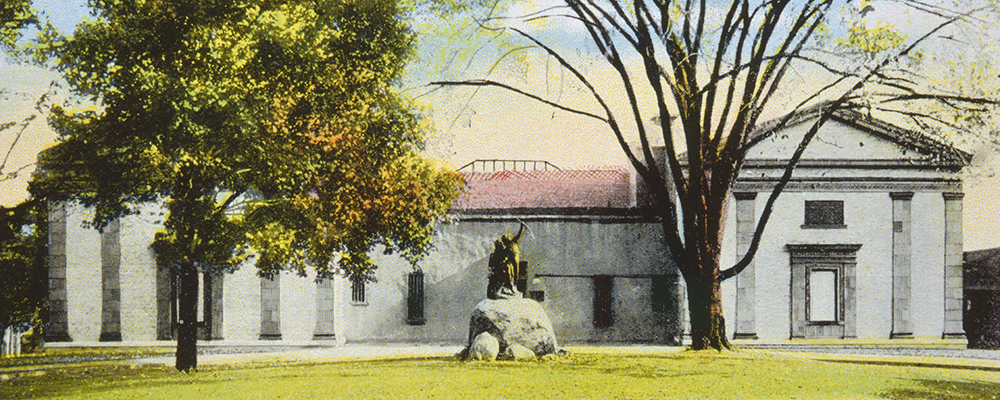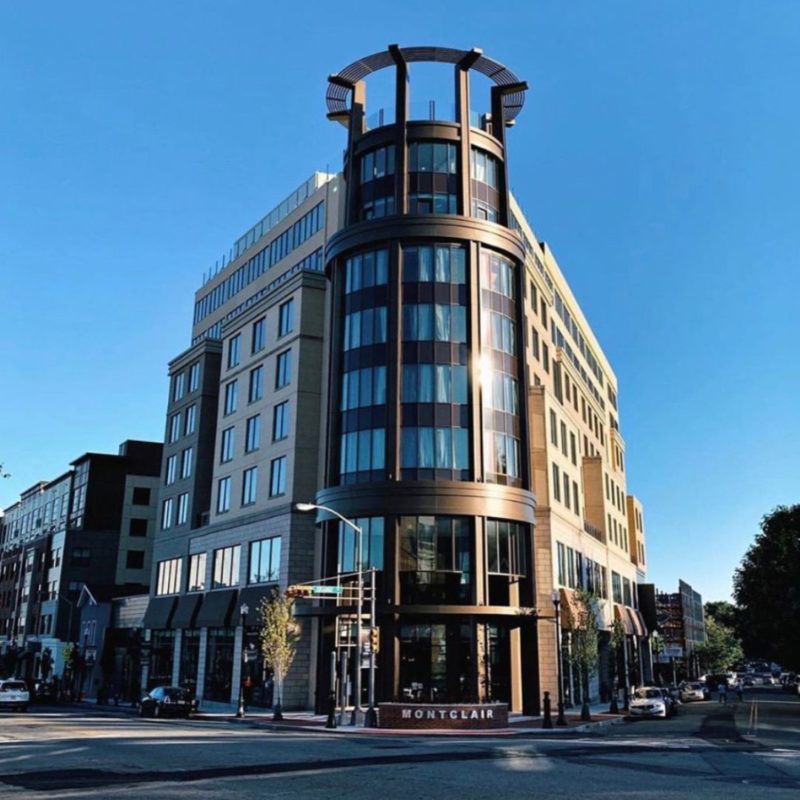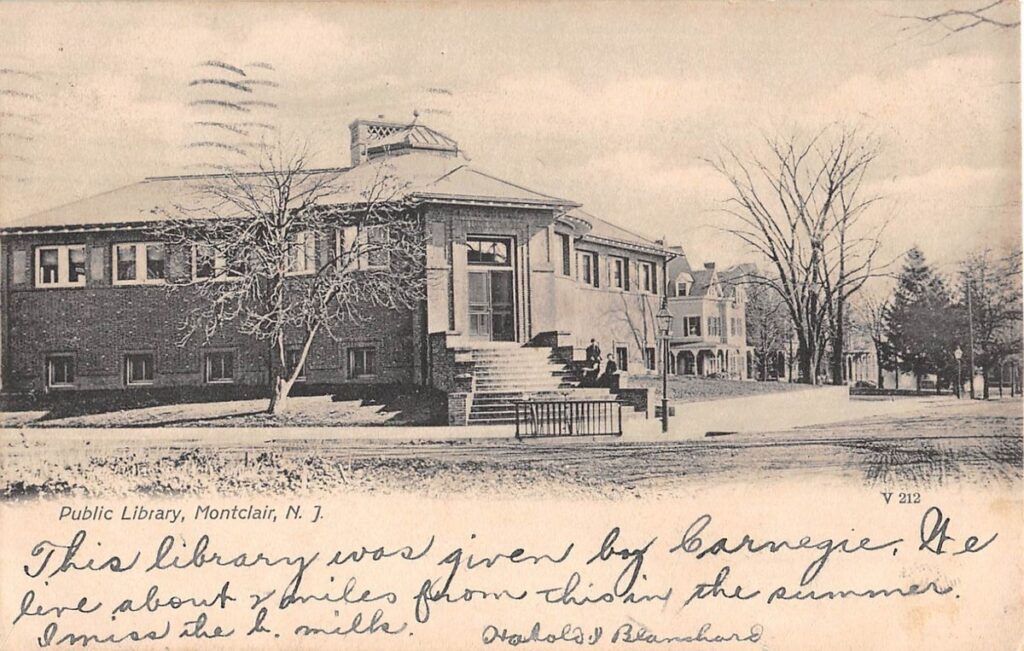Montclair’s Town Center isn’t just a hub for shopping and dining. It’s a living museum. Nestled in the heart of this vibrant community is a collection of architectural gems and historical landmarks that tell the story of Montclair’s evolution from a pastoral 17th-century village to a thriving 20th-century suburb. Thanks to a walking tour developed by the Montclair Center BID and local preservationists, you can now experience this story firsthand, step by step.
Where History Comes Alive
Montclair was founded in 1694 by Azariah Crane and originally known as Cranetown. The area remained a quiet farming village for over a century before transforming into a bustling commercial center with the construction of the Newark and Pompton Turnpike in the early 1800s, which is today’s Bloomfield Ave. Landmarks like the James Howe House (1775) and the Old Stagecoach House (1767) still stand as rare remnants of the town’s colonial past. The James Howe House was successfully purchased in 2022 by the Friends Of Howe House to preserve the rich history and return the property to the local African American community.
The arrival of railroads in the mid-19th century supercharged growth, and Montclair soon blossomed into an affluent commuter suburb. The architecture that followed reflected the town’s newfound wealth, culture, and ambition.

Architectural Treasures on Every Corner
The tour includes 33 historic sites, many dating from Montclair’s architectural golden age (1885 to 1937). Here are just a few highlights:
- Hinck Building (1921) – Meeting at the corners of Bloomfield Ave, Church St, and Glenridge Ave; once the site of Montclair’s original Presbyterian Church, this rare example of Mission-style commercial architecture is also home to the Clairidge Theater, a historic movie house.
- Hall Building (1925) – A Collegiate Gothic beauty with red brick, stained glass windows, and even a turret! The 1928 Montclair Times hailed it as “the most beautiful office building in Montclair”
- Montclair Art Museum (1914) – A neoclassical masterpiece reflecting the town’s connection to the flourishing Montclair Art Colony of the late 1800s.
- DL&W Railroad Station (1913) – Better known today as Lackawanna Station, this Beaux Arts wonder has a bittersweet history: the architect perished on the Titanic before his design was completed. It was added to the National Register of Historic Places on January 8, 1973, for its significance in architecture and transportation.
From Italianate and Romanesque to Art Deco and Craftsman styles, Montclair’s buildings represent a timeline of American architectural history; many of them still housing local businesses, restaurants, and apartments today.

A Living, Breathing Downtown

Unlike typical historic districts that freeze time, Montclair’s Town Center is a dynamic mix of past and present. You’ll find Centrovérde (2014), a green-designed, mixed-use development right across the street from the Old Primary School (1860). This layering of eras creates a uniquely Montclair blend of charm and innovation.
The aim of this design, in addition to providing varied uses such as retail, apartments, and office space, is to provide a welcoming environment for pedestrians by enlivening the look of the building at the street level through different facades and windows of different appearances. Currently, the most notable occupant of Centrovérde is The MC Hotel, a destination all of its own; including Allegory; a community driven restaurant and Alto Rooftop Bar- plus its own art gallery!
Famous Faces
Montclair has been home to many famous faces including Stephen Colbert, Buzz Aldrin, Yogi Berra, and Christina Ricci just to name a few; but the appeal of Montclair was seen as early as the 1700’s. For the history buffs out there, note that George Washington’s army spent three weeks camped near today’s Valley Road and Claremont Avenue in 1780. And for the Carnegie Library (1904), you can thank Andrew Carnegie himself as he gave $40,500 to fund the construction of the building. That’s $1,400,000 in today’s money!

Tips For Your Tour
· Grab a map and start at Church Street, where multiple stops are conveniently located.
· Wear comfortable shoes! The full loop is under a mile and takes about an hour, but you’ll want time to stop, explore, and maybe enjoy a coffee or a bite to eat along the way.
· Look up! Many buildings have ornate cornices, unique windows, and old-school signage just above eye level.
Built with Community in Mind
This walking tour was made possible with support from the Montclair Center BID, the New Jersey Historic Trust, and local historians, architects, and planners. It’s part of an ongoing effort to preserve and promote Montclair’s cultural and architectural heritage, not just for visitors, but for residents to rediscover the beauty in their own backyard.
Ready to Walk Through History?
Next time you’re downtown, skip the car and take a stroll through time. Whether you’re a history buff, architecture lover, or just looking for a new way to experience Montclair, this self-guided tour offers a fresh perspective on the town you thought you knew.

